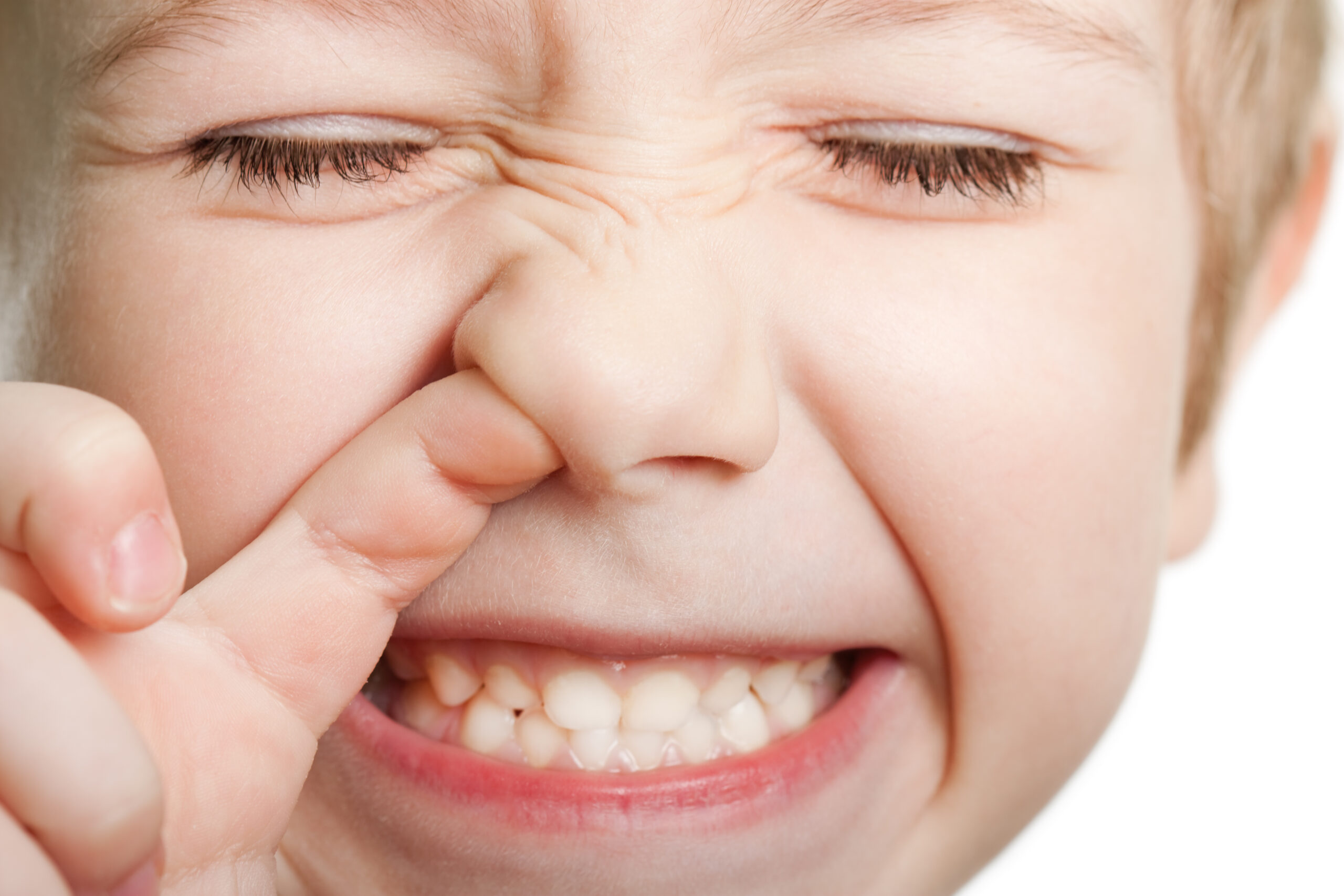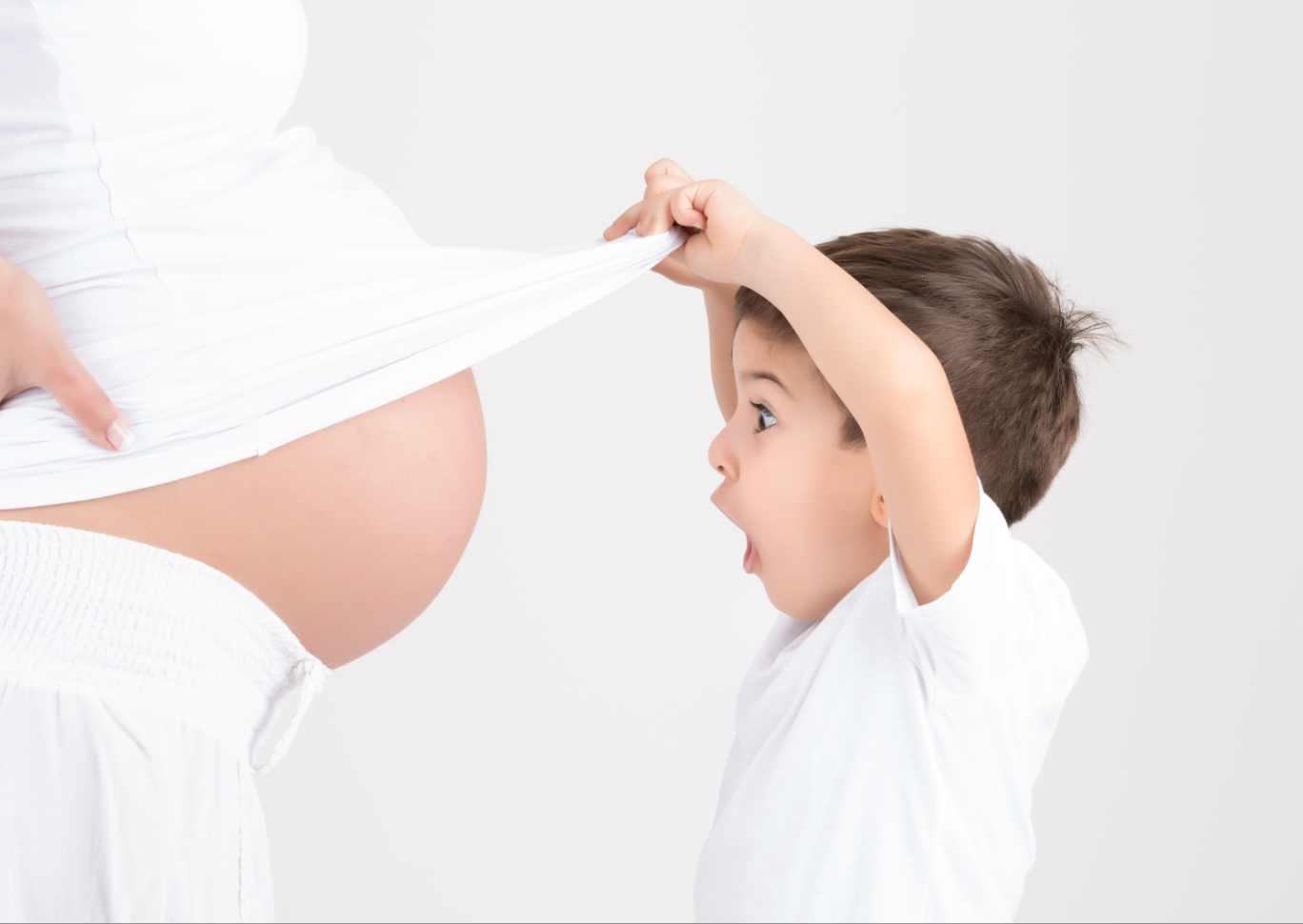What are you supposed to do you when your little one is congested?
Cough and cold medicines are potentially dangerous for children under four years old and are ineffective anyway. A study in 2010 showed that good old vapor rub improved kids cough and congestion symptoms, and most importantly improved their sleep. So now I recommend Vicks VapoRub. But again, the camphor in VapoRub is not supposed to be given to children younger than two. So what can be done for kids’ congestion?
Do medications improve congestion?
A lot of pediatricians recommend diphenhydramine (Benadryl), an anti-histamine. This is a great choice if you know your child’s congestion is a reaction to an allergen. Pollen and other allergens cause your body to release histamine. Body tissues respond to histamine by swelling and becoming itchy. Anti-histamine medications block this release and therefore prevent swelling. But this isn’t what is happening when your child has a cold. Mucolytics (guaifenesin or Mucinex) are supposed to thin mucus and theoretically should help it drain out better, but no studies have shown this helps. Similarly, decongestant medications have not been better than placebo in studies. And decongestants can be dangerous for a young child.
My recommendation for all kids and adults is even older than VapoRub – which was originally introduced as Vicks Magic Croup Salve in 1905. The optimal way to moisturize the nasal passages and clear thick mucus is by using the ancient Ayurvedic technique of nasal irrigation. Mechanically-speaking, washing out the nasal passages makes sense. All the holes in your head are connected: the sinuses, the ear canals, the tear ducts and the nostrils. The sinuses inside your face have little doorways to your nasal passages. These tiny little doorways can become blocked by thick mucus when you have a cold so pressure builds up inside the sinuses. The maxillary sinuses are behind your cheeks, and the ethmoid sinus is behind the bridge of your nose, so depending on which sinuses are blocked, you can feel pressure anywhere on your face or forehead.
Sinuses aren’t filled with air when a baby is born. They develop during the first 3 to 5 years of life, so a baby can’t really have a sinus infection since they don’t technically have sinuses yet.
When you irrigate through the nose, you wash out the mucus blocking all of those connections and every part of your head will feel better. Still not convinced? The passage that runs from your lungs to the back of your throat is lined with little brooms (ciliated epithelium) that sweep mucus along. They get gummed up with mucus when you are sick and don’t function effectively. When you irrigate your nose, you clean out those bristles and they work better.
Are you afraid your child will resist nasal washing? I thought my son would fight me on this when he was 4 years old, but I was surprised at how cooperative he was. Even if your child does put up a fight, give irrigation a try. Be persistent! Nasal irrigation is the most effective way to make them feel better. So grab a nasal saline rinse kit or bottle of nasal saline drops at your pharmacy and plan to use it this winter.

Even if you do clear the mucus out of your head, you might still feel congested. This is because the three “turbinates” that line the inside of your nostrils are made of an erectile tissue (just like other erectile tissue they get bigger from engorgement). Nasal turbinates filter, humidify and warm air as it travels into your lungs. Have you ever noticed that one side of your nose feels all stuffed up and 2 hours later it’s better and the other side is clogged? This erectile tissue alternately enlarges in each side of your nose in a cyclic fashion all the time. It’s called the “nasal cycle.” This cycle becomes much more pronounced when you have inflammation from a viral upper respiratory infection (a “cold”) or seasonal allergies. So when one nostril is completely blocked, just give it some time until the nasal cycle moves to the other side.
The turbinates also stir up air as it flows through the nose when you breathe in. You are so accustomed to the sensation of turbulent air flowing through your nose that when the shape is altered from swelling and the flow of air becomes smoother (more laminar), you no longer feel air hitting the insides of your nostrils and it feels like you can’t get in enough air. You’ll have the sensation of nasal stuffiness, but you might be moving air just fine.
Nasal congestion is uncomfortable for all of us. Unfortunately we haven’t cured it yet; in fact we haven’t developed a treatment any better than one used by ancient civilizations. By ancient I’m referring to both Ayurvda from the Indian subcontinent and our grandmothers’ use of Vapor Rub!
Read more
Does it seem like your child is sick ALL THE TIME? Here’s why.







I am a grandmother who follows your blog. I tried the saline rinse and it really works. Your advice is good for babies and good for grandparents, too. I was brought up using Vicks Vaporub and remember my mom rubbing it on my throat and chest, then wrapping my dad’s wool sock around my neck whenever I had a cold.